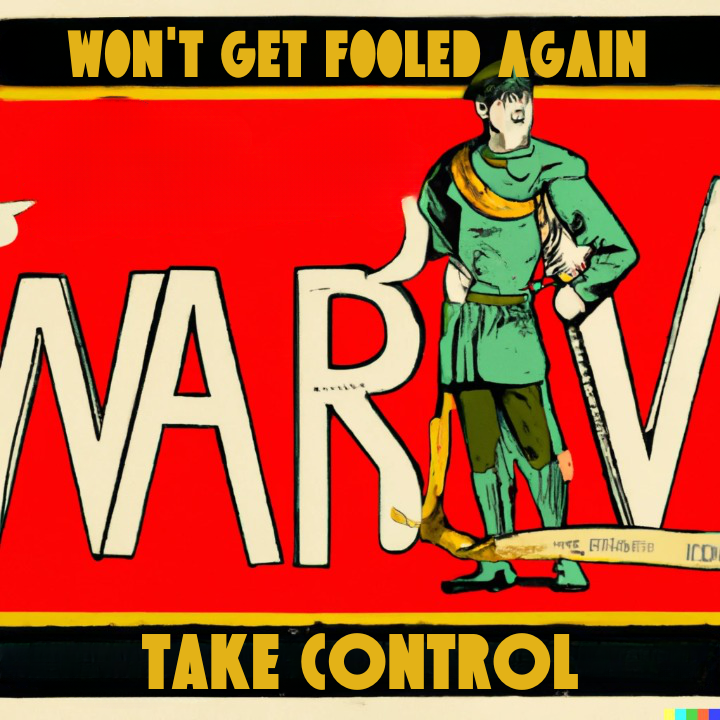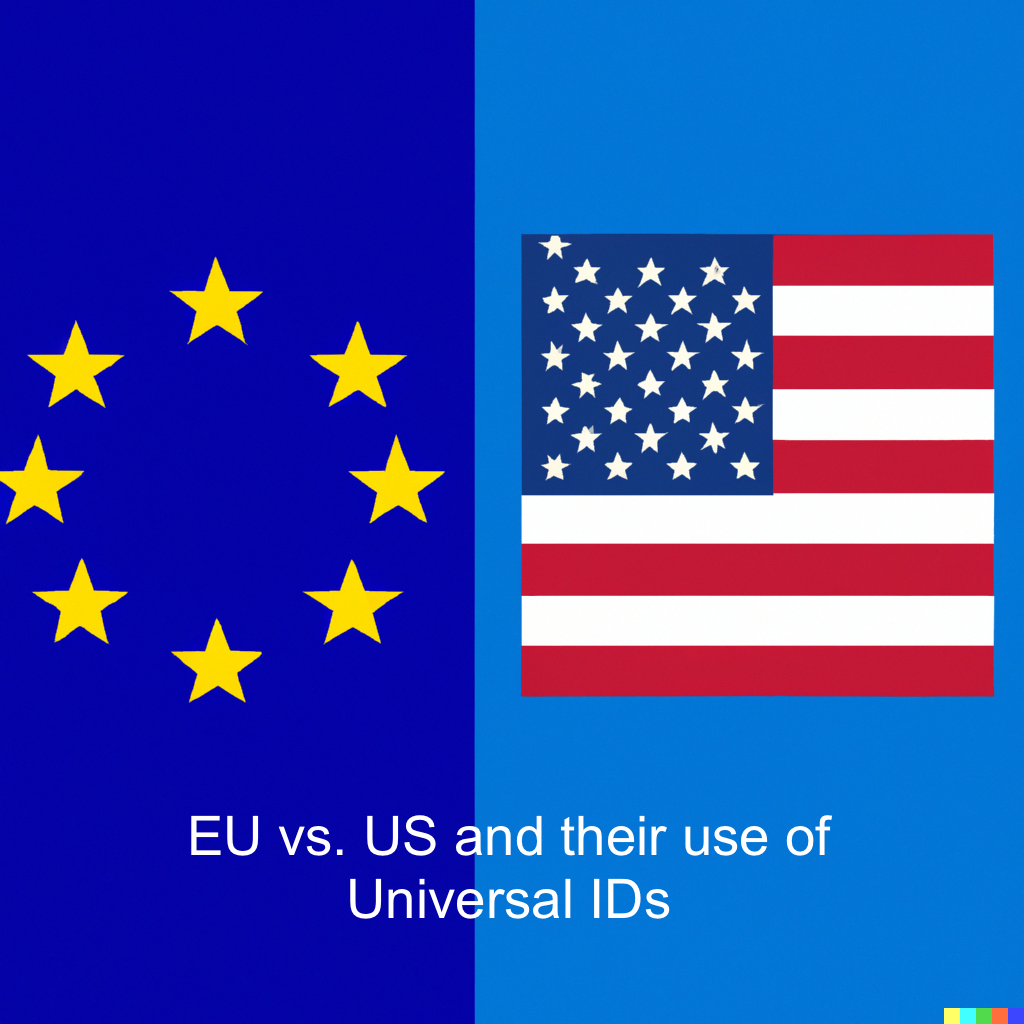By Jonathon Shaevitz
•
April 9, 2025
What a Google Ad Tech Breakup Could Mean for Publishers If the U.S. Department of Justice (DOJ) succeeds in its push to break up Google’s ad tech empire, the digital advertising ecosystem could undergo one of the most transformative shifts in its history. The proposed divestiture of Google Ad Manager (GAM), which includes DoubleClick for Publishers (DFP), and the AdX ad exchange could dismantle Google’s monopolistic grip on publisher ad tech, potentially leveling the playing field for publishers, advertisers, and competing ad tech providers. For publishers, this could be a rare opportunity to reclaim control over their ad monetization strategies—but it also comes with risks and uncertainties. Below, we explore the implications of this potential breakup, drawing on recent developments, and provide guidance for publishers to navigate this evolving landscape. The Stakes: Why Google’s Ad Tech Dominance Matters Google’s dominance in digital advertising stems from its integrated ad tech stack, which controls key components of the programmatic advertising supply chain. Google Ad Manager (GAM) bundles the DFP ad server with the AdX exchange, creating a system where publishers must use GAM to access AdX’s exclusive demand, including from Google Ads. This "tying" arrangement has given Google a 90% share of the publisher ad server market in the U.S. and a 50–90% share of the ad exchange market, allowing it to extract fees as high as 30% or more from publisher revenue. Globally, 81% of small publishers monetize their ad inventories using GAM, and over 1,895 companies worldwide use GAM for advertising optimization. Google’s ad tech also accounts for approximately 27–49% of the programmatic advertising market, depending on the region and methodology, with significant revenue siphoned off as an “ad tech tax”. This market power has stifled competition and innovation. Publishers are locked into GAM not because it’s unequivocally superior but because opting out means losing access to AdX’s vast demand pool, which includes small and midsize advertisers using Google Ads. As a result, alternative ad servers struggle to gain traction, and publishers face limited choices in optimizing their ad monetization. The DOJ’s case, bolstered by an April 17, 2025, ruling by U.S. District Judge Leonie Brinkema that Google violated the Sherman Act, argues that this bundling is anticompetitive and must be addressed through structural remedies, such as divestitures. What a Breakup Could Look Like The DOJ’s proposed remedies, outlined in a May 2025 court filing, are sweeping. They include: Immediate Sale of AdX: The DOJ wants Google to divest AdX “as soon as possible,” with a court-appointed trustee overseeing the process to ensure competitive buyers. Google would be barred from operating an ad exchange for 10 years. Phased Divestiture of DFP: The DOJ proposes a three-phase plan for DFP, starting with an API to integrate DFP with rival exchanges, followed by open-sourcing DFP’s auction logic, and culminating in a full divestiture to a separate entity from AdX’s buyer. Data and Interoperability Reforms: Google would be required to share DFP data with competitors, open AdX’s real-time bidding to rival ad servers, and refrain from using first-party data (e.g., from Search, YouTube, or Gmail) to gain unfair advantages in ad targeting. Behavioral Restrictions: Google would need to eliminate practices like Unified Pricing Rules (UPR), which limit publishers’ ability to set different price floors for different bidders, and avoid reinstating “first look” or “last look” auction tactics that favored Google’s exchange. These remedies aim to “decrease switching costs for publishers” and “restore competition more quickly,” potentially fragmenting Google’s vertically integrated ad tech stack. However, Google has pushed back, arguing that divestitures would harm small businesses and publishers by raising costs and disrupting tools they rely on. The company has proposed less drastic remedies, such as sharing AdX bids with rival ad servers and deprecating UPR, while planning to appeal the ruling. The remedies trial is set to begin on September 22, 2025, and any changes could take years to implement, especially with appeals looming. Potential Impacts on Publishers A breakup of Google’s ad tech stack could have profound effects on publishers, both positive and negative: Opportunities: Increased Competition and Innovation: Separating AdX from DFP would allow publishers to choose ad servers based on merit—speed, transparency, or optimization tools—rather than access to AdX demand. New ad servers could emerge, offering lower fees or innovative features. Flexible Demand Routing: Publishers could route inventory across multiple supply-side platforms (SSPs) without being funneled through AdX, potentially increasing yields by accessing diverse demand sources. Lower Take Rates: Google’s reported 30%+ take rate3 could decrease as competition drives down fees across SSPs and ad servers. Data Control: Requiring Google to share DFP data and limit its use of first-party data could empower publishers to optimize monetization strategies and negotiate better terms with ad tech partners. Header Bidding Revival: Publishers could leverage header bidding technologies like Prebid to pit AdX against other SSPs directly, a practice Google has historically undermined through tactics like open bidding. Risks Short-Term Disruption: Transitioning to new ad servers involves significant technical and resource costs, potentially leading to revenue dips. News Corp’s 2017 switch from GAM resulted in a temporary loss of AdX demand, illustrating the challenge. Increased Ad Server Costs: GAM’s DFP is currently free for AdX clients, but a standalone DFP or rival ad servers could introduce fees (e.g., $0.25–$2 CPM for video ad servers), raising costs for publishers. Fragmented Ecosystem: A fragmented ad tech market could complicate ad buying, making it harder for advertisers to target audiences efficiently, which might reduce demand for publisher inventory. Uncertainty and Delays: With Google’s appeal and a remedies process that could stretch into 2026, publishers face prolonged uncertainty, delaying strategic planning. What Publishers Should Do Now Given the uncertainty surrounding the DOJ’s proposed remedies and the lengthy timeline for implementation, publishers should adopt a cautious, watch-and-plan approach rather than making immediate changes to their ad tech stacks. The remedies have not yet been approved by the court, and even if they are, the divestiture process and subsequent market adjustments will take time—likely years, considering Google’s planned appeal and the complexity of untangling its ad tech ecosystem. For the short term, there is minimal risk in maintaining the status quo, as Google Ad Manager and AdX remain functional and dominant. However, publishers should stay vigilant and begin strategic planning to capitalize on long-term opportunities. Here’s why and how: Why Hold Steady Uncertain Outcome: The DOJ’s remedies, including the divestiture of AdX and DFP, are proposals, not mandates. The September 2025 remedies trial will determine their fate, and Google’s appeal could delay or alter the outcome significantly. Acting prematurely could lead to unnecessary costs or disruptions. Implementation Lag: Even if approved, divestitures and interoperability reforms will require months or years to execute. For example, the DOJ’s phased DFP divestiture plan includes interim steps like API development, which could take 12–24 months before publishers see tangible changes. Stable Operations: GAM and AdX continue to deliver reliable demand and revenue for publishers. Switching ad servers now risks losing access to AdX’s demand pool, which remains critical for many, without guaranteed benefits from unproven alternatives. Market Readiness: The ad tech market isn’t yet prepared for a post-Google world. Alternative ad servers like Magnite or PubMatic exist, but their ability to fully replace GAM’s scale and integrations is untested at Google’s current market share. Long-Term Opportunities While immediate action is unnecessary, the potential for a breakup presents exciting possibilities. A decoupled AdX could become just another demand source in a publisher’s programmatic stack, competing on equal footing with SSPs like The Trade Desk or Amazon Publisher Services. Publishers could adopt new ad servers optimized for speed, transparency, or lower fees, and leverage header bidding to maximize yield across diverse demand partners. This shift could reduce Google’s 30%+ take rate3 and give publishers greater control over their data and inventory. These opportunities, however, depend on a clearer regulatory outcome and a more mature competitive landscape. Recommended Actions Publishers should focus on monitoring developments and preparing for potential transitions without disrupting current operations. Specific steps include: Stay Informed: Track the DOJ’s remedies trial and Google’s appeal through industry publications like AdExchanger, Digiday, and Adweek. These outlets provide detailed coverage of legal proceedings and their implications for publishers. Join trade organizations like the News/Media Alliance or Interactive Advertising Bureau (IAB) to access updates, webinars, and advocacy opportunities related to the Google case. Assess Your Dependency: Conduct a lightweight audit of your ad tech stack to understand your reliance on GAM and AdX. Identify the percentage of revenue tied to AdX demand and note any pain points (e.g., high fees, lack of transparency) that a breakup could address. Use this audit to inform long-term planning without committing to immediate changes. Engage with Alternatives (Lightly): Begin informal discussions with alternative ad server providers (e.g., Magnite, PubMatic, OpenX) to understand their capabilities, costs, and integration processes. Request demos or case studies to gauge their potential fit. void testing or migrating to new platforms yet, as the costs and risks outweigh the benefits until remedies are finalized. Plan for Scenarios: Develop high-level contingency plans for different outcomes (e.g., full AdX/DFP divestiture, partial remedies, or no change). Outline potential ad server options, estimated switching costs, and revenue impacts based on historical examples like News Corp’s 2017 GAM exit. Share these plans with internal stakeholders (e.g., ad ops, finance) to align on long-term priorities without executing them now. Monitor Industry Trends: Keep an eye on how competitors and peers are responding to the DOJ case. For example, note whether large publishers begin experimenting with non-Google SSPs or header bidding solutions like Prebid.js. Track the growth of cookieless and first-party data solutions (e.g., ID5, Unified ID 2.0), as these could become critical in a post-breakup ecosystem where Google’s data advantages are curtailed. Key Message Publishers should watch the DOJ-Google case closely and plan for a future where AdX and GAM are no longer inextricably linked. However, there’s no need to act now. The proposed remedies are not yet approved, and their implementation will be slow, giving publishers ample time to adapt. The long-term prospect of integrating new ad servers and treating AdX as one of many demand sources is compelling, but the uncertainty and stability of the current system mean there’s little risk in waiting. By staying informed and preparing strategically, publishers can position themselves to thrive in a more competitive ad tech landscape when the time comes. The Road Ahead The DOJ’s case against Google is a historic moment for digital advertising, signaling that regulators are serious about addressing Big Tech’s monopolistic practices. For publishers, a breakup of Google’s ad tech stack could restore agency over their monetization strategies, foster innovation, and reduce Google’s outsized control over ad revenue. However, the transition won’t be immediate or seamless. Publishers who monitor developments and plan thoughtfully—without rushing into premature changes—will be best positioned to capitalize on a more publisher-friendly ecosystem. As the remedies trial approaches in September 2025, publishers should view this as an opportunity to prepare for a future where their ad tech choices reflect their business needs, not Google’s mandates. The promise of AdX and GAM was once yield and efficiency, but over time, it has morphed into control over the open web’s infrastructure. A breakup could return that control to publishers, but only if they’re ready to navigate the shift strategically. For now, stay vigilant, plan carefully, and trust that there’s time to act when the path forward becomes clearer. Footnotes Google has a 90% share of the publisher ad server market in the U.S. [TechPolicy.Press, "How Google Manipulated Digital Ad Prices and Hurt Publishers, Per DOJ," February 2, 2023] Google holds a 50–90% share of the ad exchange market. [TechPolicy.Press, "How Google Manipulated Digital Ad Prices and Hurt Publishers, Per DOJ," February 2, 2023] Google extracts fees as high as 30% or more from publisher revenue. [AdExchanger, "The Positives And Negatives Of A Potential Google Ad Tech Breakup," April 21, 2025] 81% of small publishers globally monetize their ad inventories using Google Ad Manager. [DemandSage, "82 Google Ads Statistics 2025 – Market Share & Ads Revenue," January 31, 2025] Over 1,895 companies worldwide use Google Ad Manager for advertising optimization. [BuiltWith, "Google Ad Manager Usage Statistics," accessed May 8, 2025, https://trends.builtwith.com/ads/Google-Ad-Manager] Google’s ad tech accounts for 27–49% of the programmatic advertising market, with 49% of ad spend captured by the supply chain in some studies. [Statista, "Digital ad revenue share by company 2023," December 2, 2024, and ISBA/PwC Programmatic Supply Chain Transparency Study, 2020] U.S. District Judge Leonie Brinkema ruled on April 17, 2025, that Google violated the Sherman Act. [The New York Times, "Google Is Illegally Monopolizing Online Advertising Tech, Judge Rules," April 17, 2025] Rival ad servers could introduce fees of $0.25–$2 CPM for video ad servers. [AdExchanger, "The Positives And Negatives Of A Potential Google Ad Tech Breakup," April 21, 2025]












